7 premature Soviet works
The monumental buildings hundreds of meters high on the Soviet drawing sometimes result in the fact that buildings are several stories high, with completely different uses.
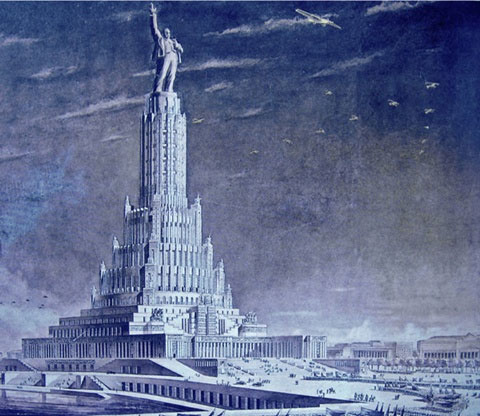
The Soviet Palace , with an expected height of 420m (40m higher than the US Empire State Building) with the Lenin statue on top is the largest project planned to be deployed in Soviet-era Moscow capital in the 1930s. , 1940.
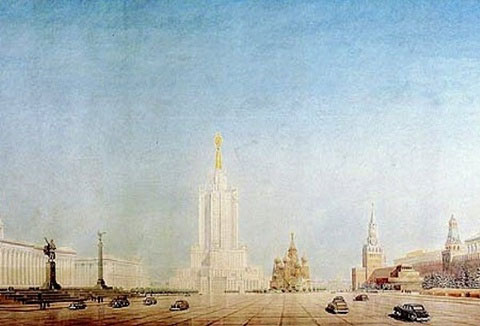
The project was never started, and in 1959, it was decided to use its foundation structure as the foundation for Mosco outdoor pool. Today, the Cathedral of the Redeemer is built to replace a church that was once cleared to make way for the Soviet Palace.
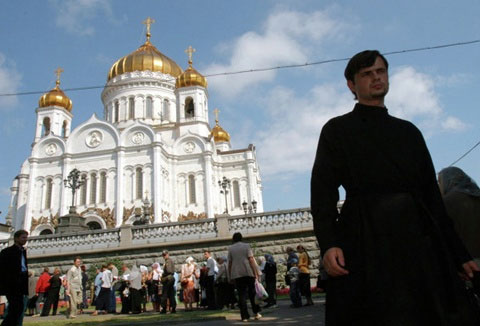
In 1947, the Council of Soviet Ministers decided to build 8 skyscrapers in Moscow. 7 buildings were built, but the 8th project in the Zaryadye area was abandoned in the first phase. That area is used to build the Rossiya hotel.
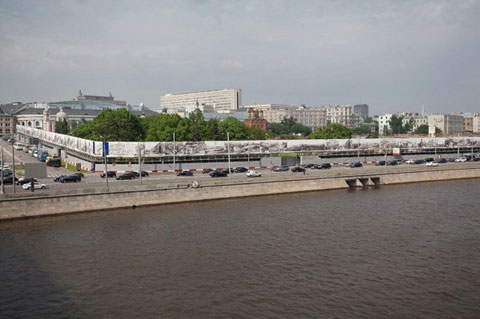
The Rossiya hotel was destroyed in 2006. The area is now vacant, and the Moscow government plans to build a modern park with modern infrastructure.
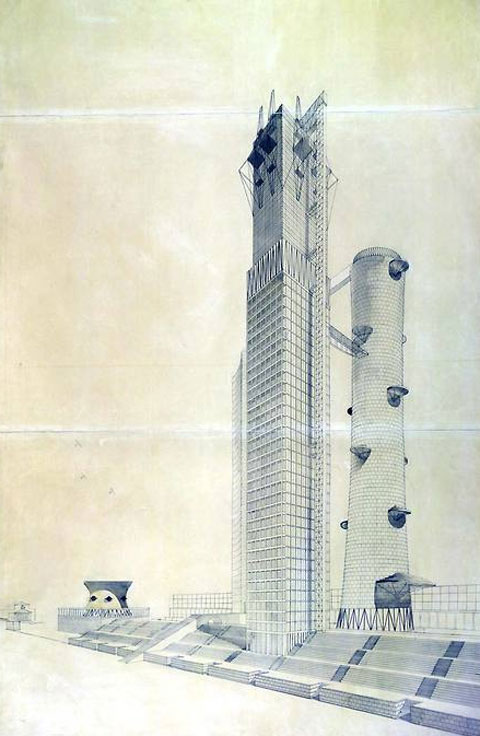
In the 1930s, a bidding was made for the design of the Heavy Industrial Complex building complex. If the project is implemented, Red Square may have been wider, because a shopping mall will be demolished.
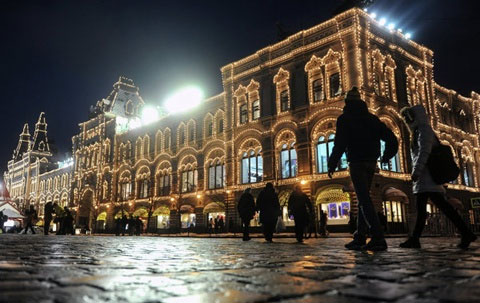
When the project was canceled, the mall was rebuilt and became a general department store that people often know as GUM today.

In 1930, a Bookstore contained publishers and a large bookstore prepared to be built on Orlikov Street.

Part one of the project was built along the street until 1933, but the second phase was not carried out. The design was reviewed by the work that began to tilt toward a school. In the picture is a part of Bookstore in practical design.

In the 1920s, El Lissitzky, painter, architect and art theorist proposed building skyscrapers parallel on Trubnaya Square.

Today, a modern commercial center overlooks the square instead of "parallel skyscrapers".

In 1927, officials wanted to build a new headquarters of Izvestia newspaper in Pushkinskaya square. All the architects involved proposed a solution of skyscrapers.

But in the end, the work in the photo is the actual construction result.

In 1934, the Council of Soviet People's Commission ordered the removal of the Academy of Sciences from Leningrad to Moscow. A location near the Krymsky Bridge was chosen as the construction site.

However, 7 years later, the construction was suspended due to the war. By the end of the 1960s, officials decided it would be an art park and a new exhibition complex.
- To help the brain of premature babies develop normally
- Preterm birth can be caused by bacteria
- Artificial uterus increases the chances of survival for premature babies
- Why has the Soviet Union never been to the Moon?
- The CIA reveals the mystery of Soviet attack on aliens
- The best Soviet tanks have never been born
- The premature baby lives on the wrong doctor
- The CIA audaciously stole a Soviet spacecraft 70 years ago
- Early disease can be treated with gene therapy
- New room for men to give men premature ejaculation
- Premature babies are not required to be transferred through improved incubators
- Russia found new ways to diagnose diseases in premature babies
 The 11 most unique public toilets in the world
The 11 most unique public toilets in the world Explore the ghost town in Namibia
Explore the ghost town in Namibia Rare historical moments are 'colored', giving us a clearer view of the past
Rare historical moments are 'colored', giving us a clearer view of the past The world famous ghost ship
The world famous ghost ship